Traveling for food used to be something only serious foodies considered, but these days it’s nearly impossible to explore a new country without diving headfirst into whatever the locals are eating. The best culinary experiences abroad go way beyond just trying new flavors — they’re windows into culture, history, and the daily rhythms of life that you simply can’t get from guidebooks or museums.
Food connects you to places in ways that sightseeing never quite manages, whether you’re learning to make pasta from an Italian grandmother or burning your tongue on street food that locals have been perfecting for generations. Here is a list of 18 culinary experiences that transform eating from necessity into adventure and make your passport as valuable as any restaurant reservation.
Street Food Markets, Bangkok
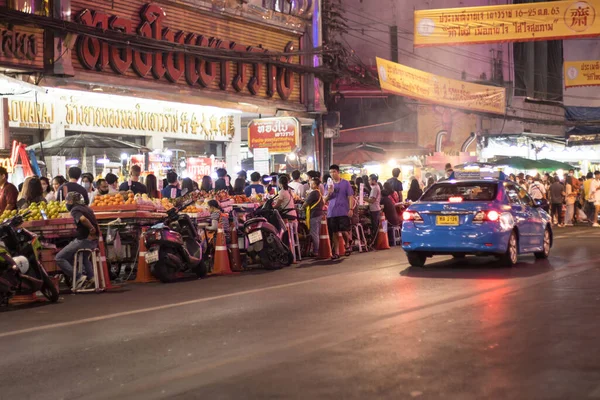
Bangkok’s street food scene operates like a massive outdoor restaurant where vendors specialize in single dishes they’ve been perfecting for decades, creating flavors that established restaurants struggle to replicate. The markets come alive at sunset when office workers join tourists in hunting down everything from perfectly balanced pad thai to mango sticky rice that tastes like dessert heaven.
You can eat incredible meals for under $3 while watching skilled cooks work over portable burners, turning simple ingredients into complex flavors that explain why Thai cuisine has conquered the world.
Pasta Making Classes, Bologna
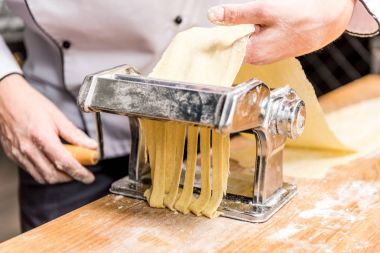
Learning to make fresh pasta in Bologna connects you directly to techniques that Italian families have passed down for centuries, with local instructors who treat pasta-making like a sacred art form. The classes typically take place in home kitchens or small cooking schools where you’ll work with just a few other students, ensuring personal attention as you learn to feel when the dough reaches perfect consistency.
The experience includes eating your creations paired with regional wines, proving that sometimes the best meals are the ones you help create yourself.
Like Travel Pug’s content? Follow us on MSN.
Tsukiji Outer Market, Tokyo
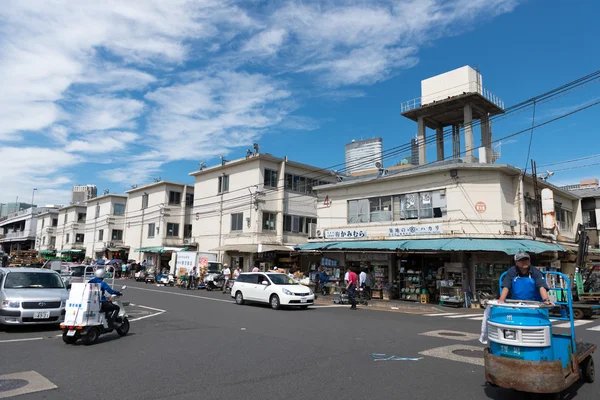
The outer market surrounding Tokyo’s famous fish market offers an incredible breakfast experience where you can watch tuna auctions before eating the freshest sushi you’ll ever taste at tiny counters run by third-generation fish experts. The vendors here supply Tokyo’s best restaurants, which means the quality rivals Michelin-starred establishments at a fraction of the price.
The market atmosphere buzzes with energy as chefs and locals line up before dawn for specific stalls, creating an authentic experience that feels completely removed from tourist dining.
Paella Experiences, Valencia
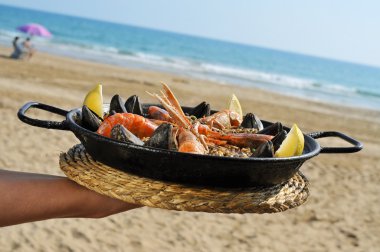
Valencia’s paella culture centers around family gatherings and communal cooking rather than restaurant dining, with the best experiences happening at beachside chiringuitos where massive pans cook over wood fires. The traditional recipe uses rabbit, chicken, and vegetables rather than the seafood versions popular elsewhere, creating flavors that connect directly to the dish’s agricultural origins.
Watching skilled cooks manage the fire and timing while families gather around shared tables demonstrates how food traditions evolve from practical necessity into cultural celebration.
Asado Culture, Buenos Aires
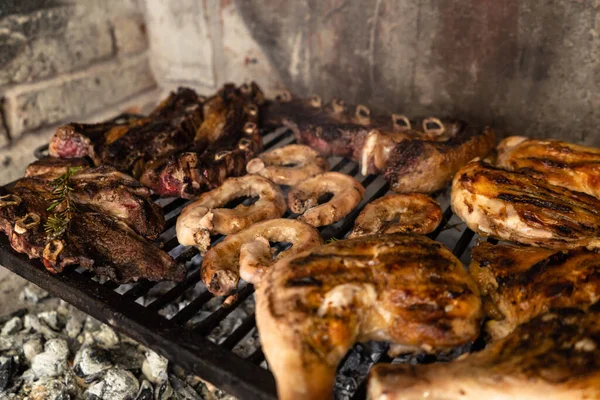
Buenos Aires asado culture transforms grilling into a social ritual where friends gather for hours-long meals that celebrate Argentina’s legendary beef alongside excellent wine and conversation. The cooking happens over wood coals rather than gas flames, with experienced asadores managing different cuts and timing to create textures and flavors that regular grilling simply cannot achieve.
These gatherings often extend late into the night, with multiple courses and wine pairings that showcase why Argentinians consider eating together one of life’s highest pleasures.
Like Travel Pug’s content? Follow us on MSN.
Dim Sum Parlors, Hong Kong
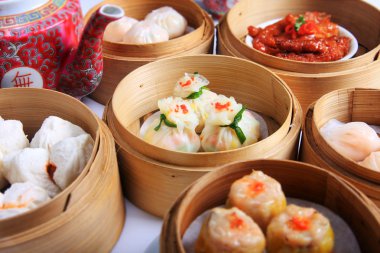
Hong Kong’s traditional dim sum parlors operate like organized chaos, with servers pushing carts loaded with steaming baskets while diners grab whatever catches their eye in an atmosphere that feels both frantic and relaxed. The variety spans dozens of different dumplings, buns, and small plates that showcase Cantonese cooking techniques passed down through generations of tea house culture.
The social aspect matters as much as the food, with families and friends sharing multiple dishes while drinking endless cups of jasmine tea and catching up on local gossip.
Tagine Cooking, Marrakech
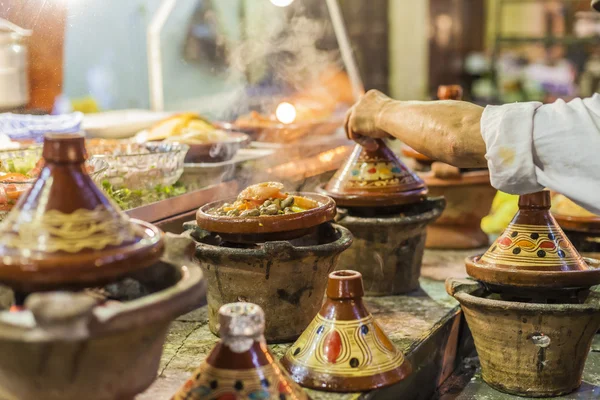
Learning to prepare authentic tagine in Marrakech involves shopping for ingredients in traditional souks, followed by cooking in clay vessels that create unique flavors through slow, moist heat. The cooking classes typically include visits to spice markets where vendors explain the medicinal properties and flavor profiles of ingredients that most Western cooks have never encountered.
The communal aspect of eating tagine — shared directly from the cooking vessel using bread as utensils — demonstrates how Moroccan culture prioritizes community and hospitality above individual dining preferences.
Cheese Tasting, Swiss Alps
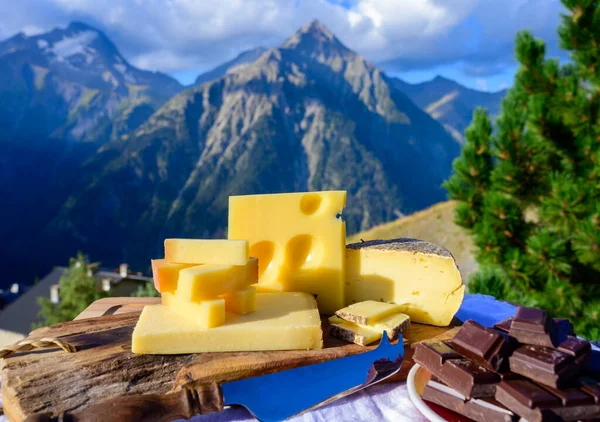
Switzerland’s alpine cheese tastings connect you directly to centuries-old production methods while surrounded by the mountain pastures where the cows graze. The experiences often include farm visits where you can watch traditional cheese-making processes and understand how altitude, grass varieties, and seasonal changes affect flavor development.
These tastings pair aged cheeses with local wines and honey while providing views of the same landscapes that have sustained these farming communities for generations.
Like Travel Pug’s content? Follow us on MSN.
Wine Harvest, Bordeaux
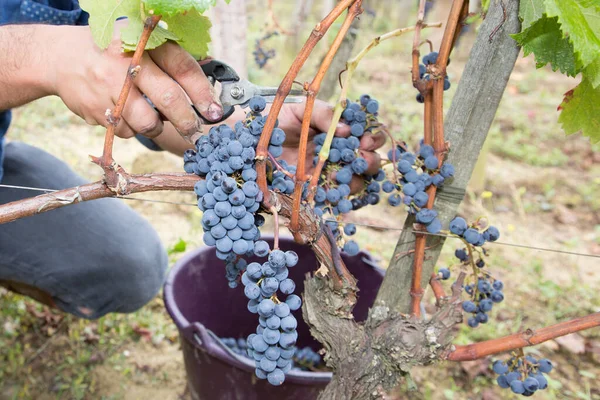
Participating in the Bordeaux wine harvest allows you to work alongside experienced vineyard crews while learning firsthand how weather, soil, and timing decisions affect wine quality. The experience typically includes accommodations at family-owned châteaux where you’ll eat meals prepared with local ingredients and drink wines that represent generations of winemaking expertise.
The physical work of grape picking provides appreciation for the labor behind every bottle, while evening tastings demonstrate how different vineyard plots create distinct flavor profiles.
Ramen Culture, Osaka
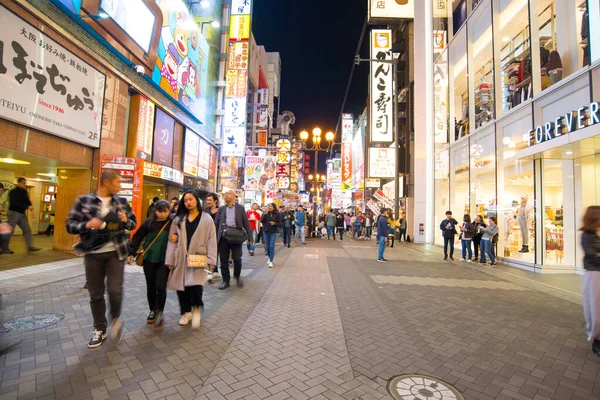
Osaka’s ramen culture operates through tiny specialized shops where master chefs spend decades perfecting single recipes, creating depth of flavor that requires hours of preparation for each bowl. The city’s competitive ramen scene means chefs constantly innovate while respecting traditional techniques, resulting in broths and noodle combinations that showcase regional ingredients and personal creativity.
The counter seating and quick turnover create intimate experiences where you can watch preparation techniques while eating alongside locals who treat these shops like neighborhood institutions.
Pintxos Crawling, San Sebastian
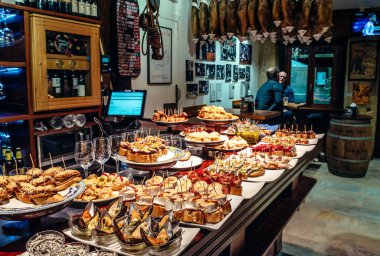
San Sebastian’s pintxos culture transforms eating into a social sport where locals move between bars sampling small plates paired with regional wines or local cider. Each bar specializes in particular pintxos — from simple bread and cheese combinations to elaborate seafood preparations that showcase Basque culinary creativity.
The tradition involves standing at crowded bars, striking up conversations with strangers, and following local recommendations from one establishment to the next throughout the evening.
Like Travel Pug’s content? Follow us on MSN.
Street Food Tours, Mumbai

Mumbai’s street food culture spans everything from elaborate chaat preparations to simple but perfect dosas cooked on portable griddles, with vendors who’ve been serving the same neighborhoods for decades. The variety and complexity of flavors — sweet, spicy, tangy, and savory often combined in single dishes — showcases India’s incredible spice knowledge and regional cooking techniques.
Following local guides through different neighborhoods provides context for ingredients and preparation methods while ensuring you experience authentic flavors rather than tourist-oriented versions.
Pho Education, Hanoi

Hanoi’s pho culture centers around family-owned shops that open before dawn to serve steaming bowls to commuters, office workers, and anyone who understands that good pho requires time and attention to detail. The broths simmer for 12+ hours using bones, spices, and techniques that shop owners guard carefully, creating complex flavors that instant versions cannot replicate.
The ritual of customizing your bowl with herbs, lime, and chili sauce lets you participate in Vietnamese food culture while experiencing how simple ingredients can create incredibly satisfying meals.
Mezze Traditions, Istanbul
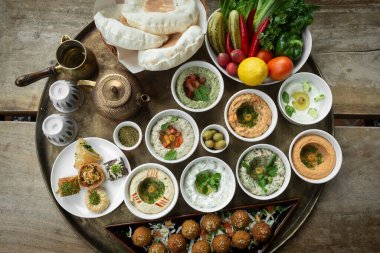
Istanbul’s mezze culture reflects the city’s unique position between Europe and Asia, with small plates that incorporate influences from Greek, Middle Eastern, and Turkish traditions, creating shared dining experiences. The best mezze happens at meyhanes—traditional taverns where groups order multiple dishes to share while drinking raki and enjoying live music that often continues late into the evening.
This style of dining prioritizes conversation and social connection over individual meals, demonstrating how food traditions support community building across cultural boundaries.
Like Travel Pug’s content? Follow us on MSN.
Ceviche Workshops, Lima
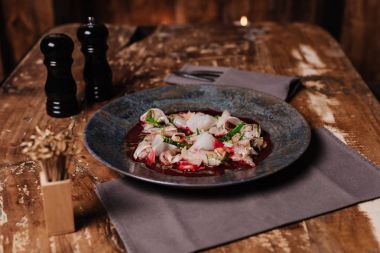
Lima’s ceviche scene embodies Peru’s coastal culture, with preparation techniques that transform raw fish into complex flavors using only citrus, peppers, and onions, along with precise timing and expert knife skills. The workshops typically include market visits to select fish and learn about Peru’s incredible biodiversity of potatoes, corn, and peppers that complement the main dish.
The simplicity of the ingredients, combined with technical precision, demonstrates how traditional techniques can create sophisticated flavors without complicated equipment or exotic components.
Beer Gardens, Munich
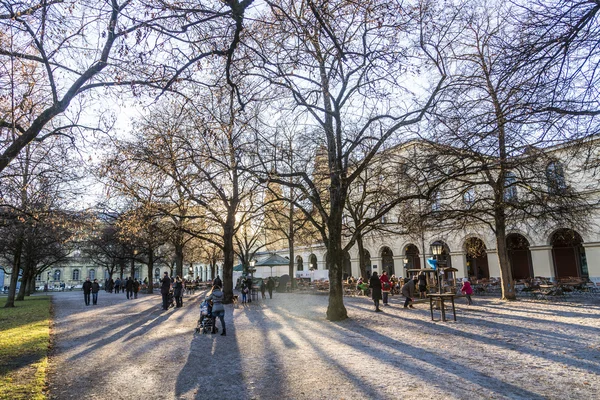
Munich’s beer garden culture creates communal outdoor dining experiences where strangers share long wooden tables while drinking beer brewed according to centuries-old purity laws. The traditional foods — pretzels, sausages, roasted chicken — pair perfectly with different beer styles while providing sustenance for hours-long social gatherings under chestnut trees.
These gardens operate seasonally, creating anticipation and celebration around outdoor dining that reflects German culture’s appreciation for community gathering and quality ingredients.
Hummus Trails, Tel Aviv
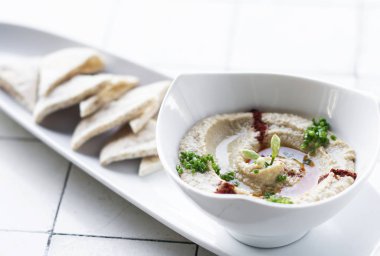
Tel Aviv’s hummus culture centers around neighborhood institutions where families have been preparing the same recipes for generations, creating creamy textures and flavor combinations that vary significantly between different establishments. The traditional presentation includes warm pita bread, olive oil, and various toppings that allow diners to customize their experience while respecting the fundamental simplicity of the dish.
These hummus shops often operate as community gathering places where regulars discuss local politics and neighborhood news while sharing meals that cost less than coffee in most major cities.
Like Travel Pug’s content? Follow us on MSN.
Kimchi Making, Seoul
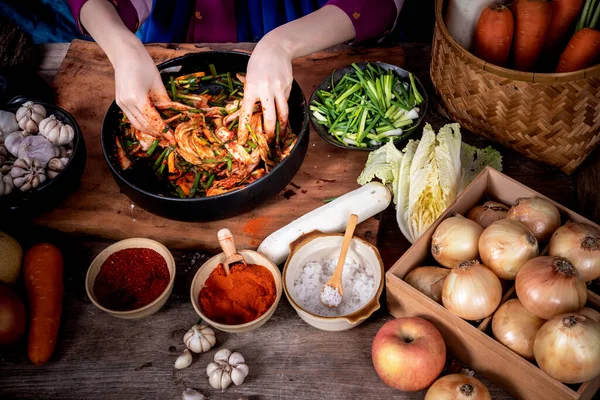
Seoul’s kimchi-making experiences connect you to Korea’s fermentation traditions while learning techniques that Korean families use to preserve vegetables through harsh winters. The classes typically cover multiple kimchi varieties using different vegetables, spice levels, and fermentation times that create distinct flavors and nutritional profiles.
The communal preparation — often involving multiple generations working together — demonstrates how food traditions maintain cultural identity while adapting to modern life and global influences.
Where Tradition Meets Transformation
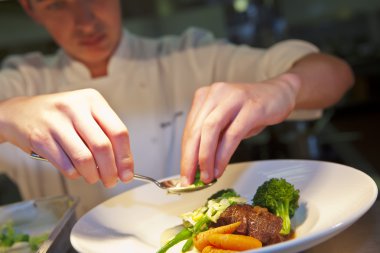
These culinary experiences demonstrate how food traditions adapt and evolve while maintaining their essential character, creating bridges between past and present that tourists can taste and understand. What began as practical solutions to local ingredients and climate challenges has transformed into cultural expressions that define national identities and regional pride in ways that transcend simple sustenance.
The best food experiences abroad succeed because they invite participation rather than passive consumption, whether through cooking classes, market visits, or communal dining traditions that welcome outsiders into authentic cultural practices. These meals become memories that last longer than any souvenir, creating connections to places and people that continue influencing how you think about food long after you return home.
More from Travel Pug

- 20 Best Beach Towns in the Carolinas
- 13 Destinations Where Tourists Regularly Regret Their Trip
- 20 Things You Actually Get in First Class
- 20 Small Airports With Aviation Museums
- 20 Places in the U.S. That Are Perfect for a Reset Trip
Like Travel Pug’s content? Follow us on MSN.
